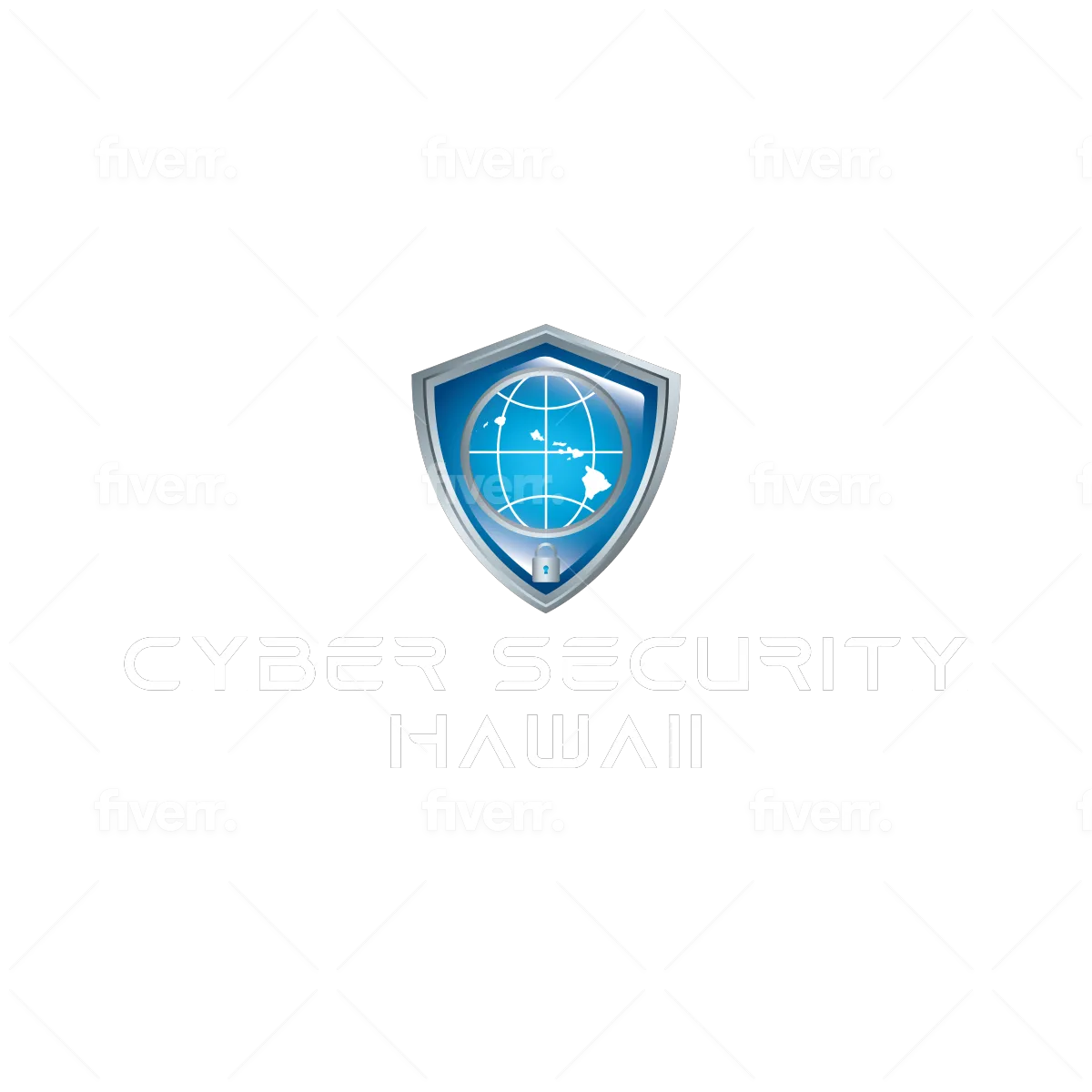
Cybersecurity: A Holistic Approach
In today's interconnected world, where businesses of all sizes rely heavily on technology, cybersecurity has become an indispensable aspect of operations. The digital landscape has transformed the way we conduct business, offering unprecedented opportunities for growth and efficiency. However, this reliance on technology also brings with it a significant and ever-growing threat: cyberattacks. Recent reports, such as Microsoft's 2024 Threat Report, have highlighted an alarming surge in cyber threats, underscoring the critical need for robust cybersecurity measures. Microsoft reported a staggering 60% increase in attacks over the last four months, culminating in a massive 600 million attacks per day against its customers on the Microsoft 365 platform. This dramatic rise in cyberattacks is a wake-up call for businesses of all sizes, emphasizing the importance of adopting a holistic approach to cybersecurity.
Cybersecurity is no longer just an IT issue; it's a business imperative that demands a comprehensive strategy involving technology, processes, and people. A holistic approach to cybersecurity recognizes that protecting valuable digital assets requires a multi-layered defense system that addresses all potential vulnerabilities. This approach encompasses a range of measures, from implementing robust technical safeguards to educating employees about cyber threats and best practices.
One crucial aspect of a holistic cybersecurity strategy is the need for cyber insurance. Cyberattacks can have devastating financial and reputational consequences for businesses. Cyber insurance provides a financial safety net, helping businesses recover from the skyrocketing costs associated with data breaches, ransomware attacks, and other cyber incidents. A comprehensive cybersecurity risk assessment is essential in determining the appropriate level of cyber insurance coverage. This assessment helps identify potential vulnerabilities, evaluate the likelihood and impact of cyberattacks, and estimate the potential financial losses. By understanding their unique risk profile, businesses can make informed decisions about their cyber insurance needs.
10 Steps to Enhance Your Business's Cybersecurity Posture
Conduct a Comprehensive Cybersecurity Risk Assessment:
Identify and document all your critical assets, including data, systems, and applications.
Evaluate the likelihood and impact of various cyber threats, such as data breaches, ransomware attacks, and phishing scams.
Assess existing security controls and identify any gaps or weaknesses.
Prioritize risks based on their potential impact and likelihood.
Develop a risk mitigation plan to address identified vulnerabilities.
Secure Cyber Insurance:
Work with a reputable insurance broker to identify the right cyber insurance policy for your business's specific needs and risk profile.
Ensure the policy covers a wide range of cyber incidents, including data breaches, ransomware attacks, business interruption, and cyber extortion.
Understand the policy's coverage limits, Sub-limits, deductibles, and exclusions.
Work with an MSP that is familiar with cyber insurance to ensure that if you have to file a claim, it won't be denied.
Regularly review and update your cyber insurance policy to reflect changes in your business operations and the evolving threat landscape.
Implement Robust Encryption:
Encrypt data both at rest and in transit to protect it from unauthorized access.
Use strong encryption algorithms and protocols, such as AES-256 and TLS 1.3.
Encrypt sensitive data stored on laptops, mobile devices, and removable media.
Implement end-to-end encryption for sensitive communications, such as email and file transfers.
Deploy Endpoint Detection and Response (EDR) and Managed Detection and Response (MDR) Solutions:
EDR solutions provide real-time monitoring, threat detection, and incident response capabilities for endpoints, such as laptops, desktops, and servers.
MDR services provide 24/7 monitoring, threat hunting, online application monitoring, and incident response expertise from a team of security professionals.
These solutions help to identify and mitigate threats quickly, minimizing the impact of cyberattacks.
Strengthen Identity Management and Conditional Access Policies:
Implement multi-factor authentication (MFA) to add an extra layer of security to user accounts.
Use strong passwords, or better password managers, and enforce regular password changes.
Implement conditional access policies to restrict access to sensitive data based on user location, device, and other factors.
Regularly review and update user access privileges.
Develop an Incident Response Plan:
Create a detailed plan outlining the steps to take in the event of a cyberattack.
Define roles and responsibilities for incident response team members.
Establish communication protocols for internal and external stakeholders.
Regularly test and update the incident response plan to ensure its effectiveness.
Establish Comprehensive Computer Use Policies:
Develop clear and concise policies governing the acceptable use of company computers and devices.
Address issues such as internet usage, email communication, software installation, and data handling.
Provide regular training to employees on cybersecurity best practices and company policies.
Enforce policies consistently and take appropriate disciplinary action for violations.
Implement Bring Your Own Device (BYOD) Policies:
If employees are allowed to use their personal devices for work, establish clear BYOD policies.
Require employees to install security software, such as antivirus and mobile device management (MDM) solutions.
Implement data encryption and access controls on personal devices.
Establish clear guidelines for data ownership and usage on personal devices.
Enhance Physical Security:
Implement physical security measures to protect your IT infrastructure and data centers.
Use security cameras, visitor logs, and access controls to restrict physical access to sensitive areas.
Securely store backup media and other critical assets.
Implement environmental controls to protect against fire, water damage, and other physical threats.
Promote a Culture of Cybersecurity Awareness:
Conduct regular security awareness training for all employees.
Educate employees about common cyber threats, such as phishing scams, social engineering attacks, and malware.
Encourage employees to report suspicious emails, websites, or activities.
Foster a culture where cybersecurity is everyone's responsibility.
Cybersecurity is not a one-time event; it's an ongoing process that requires continuous monitoring, evaluation, and improvement. By adopting a holistic approach to cybersecurity, businesses can effectively mitigate risks, protect their valuable assets, and maintain a strong security posture in the face of evolving cyber threats. Remember, investing in cybersecurity is not just about protecting data; it's about safeguarding your business's reputation, ensuring customer trust, and maintaining a competitive edge in today's digital economy.
Reliable, Consistent, Responsive Cybersecurity and IT Services
If your current provider is unresponsive, non-communicative and not delivering on what they promised you, give us a call and experience the difference of customer first service.

Contact
What We Do
© Copyright 2024. Cyber Security Hawaii. All rights reserved.

